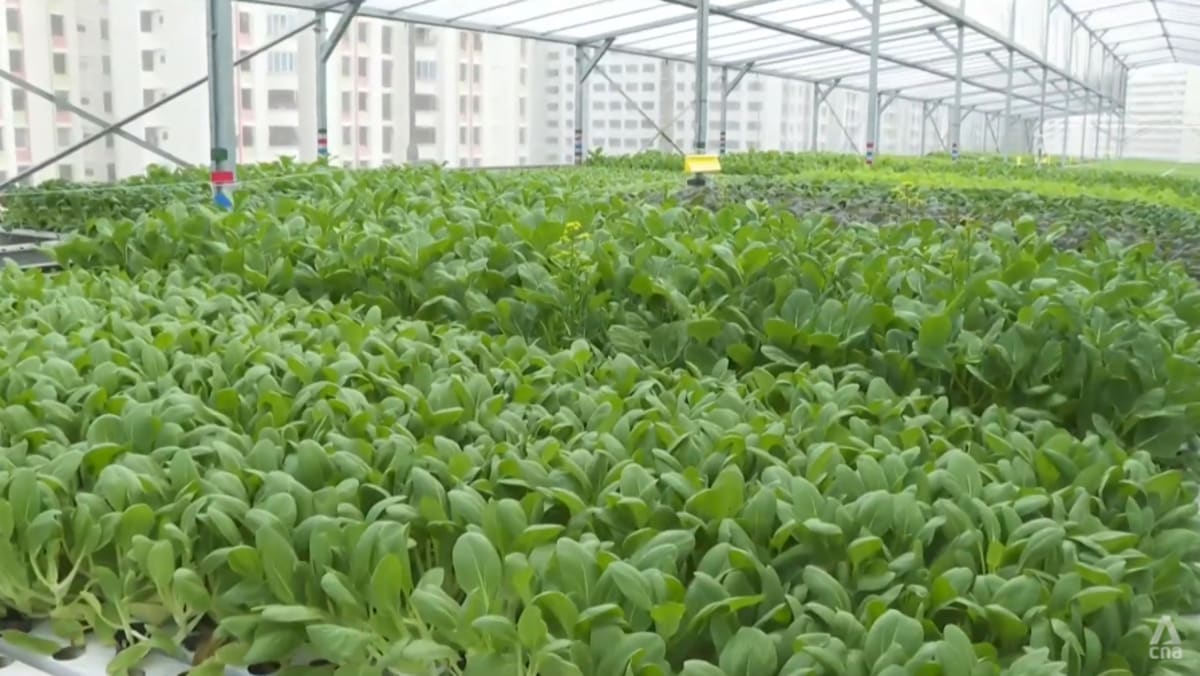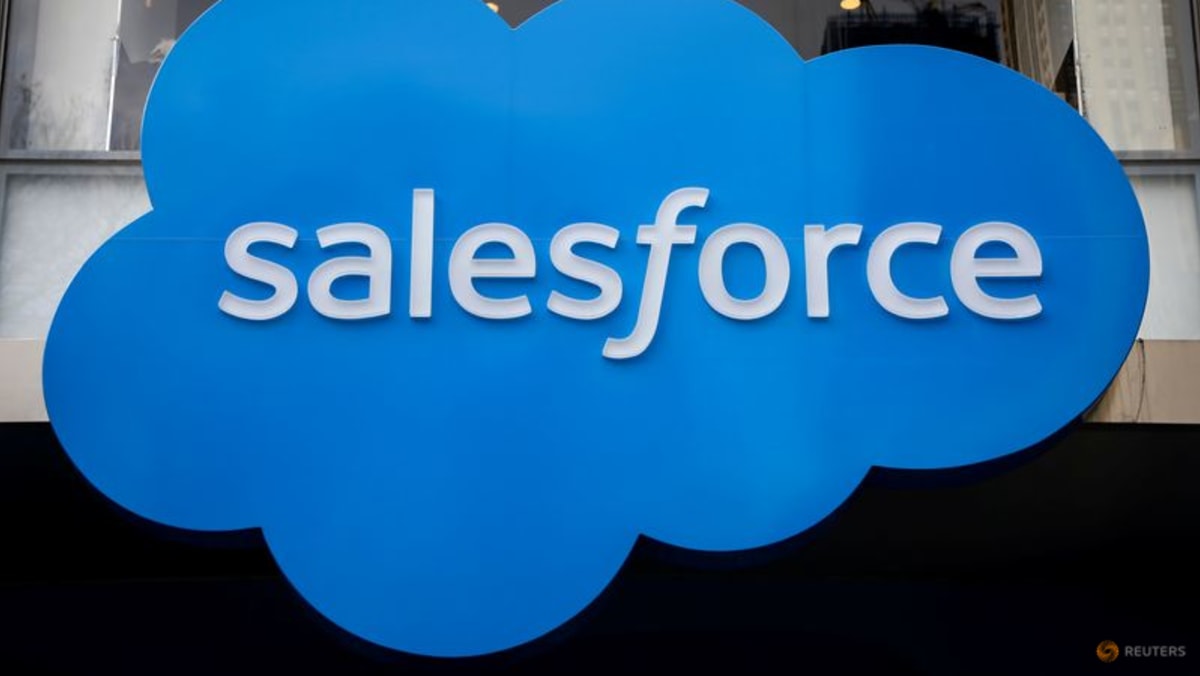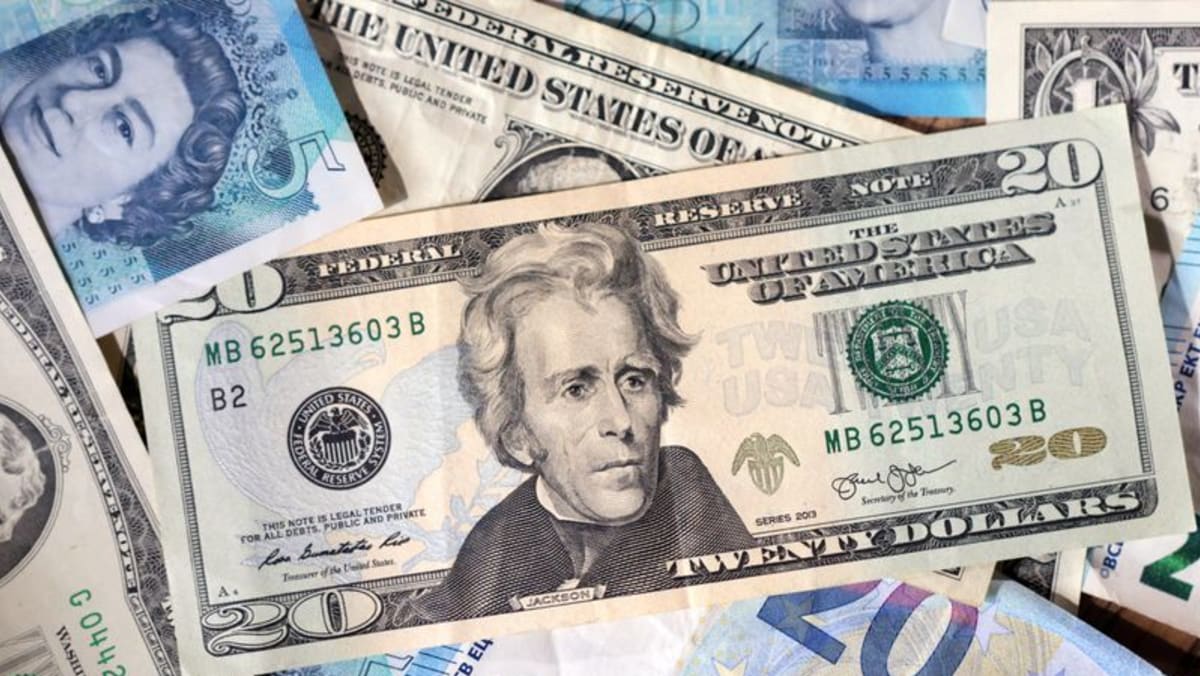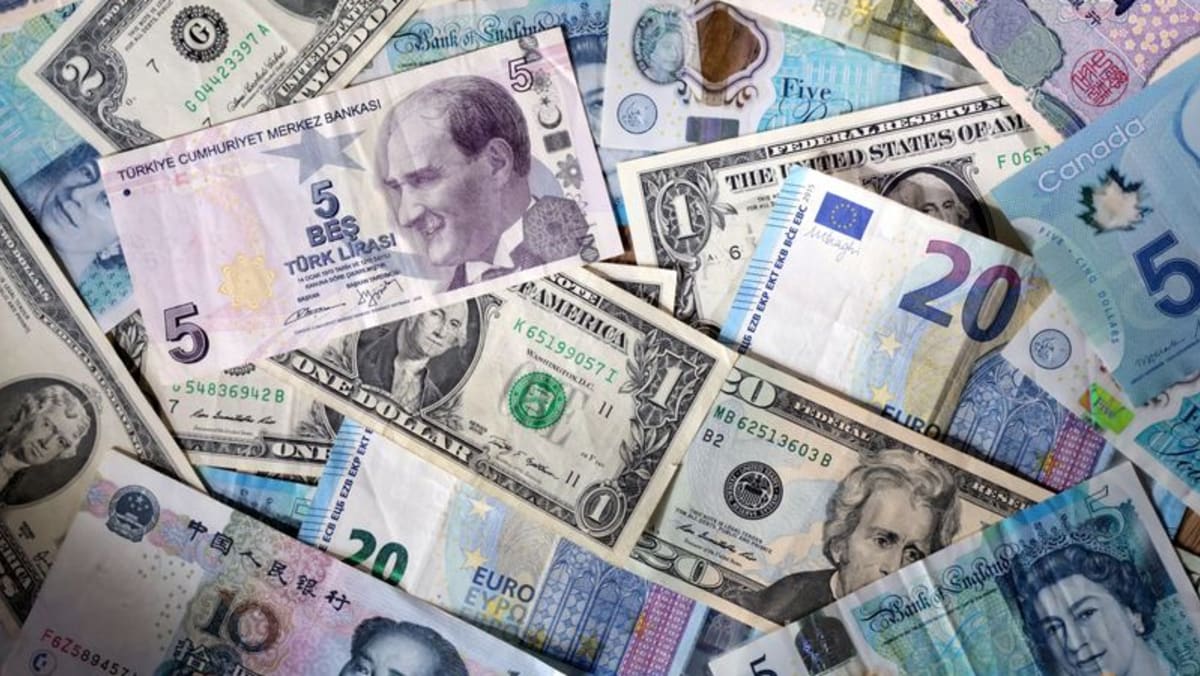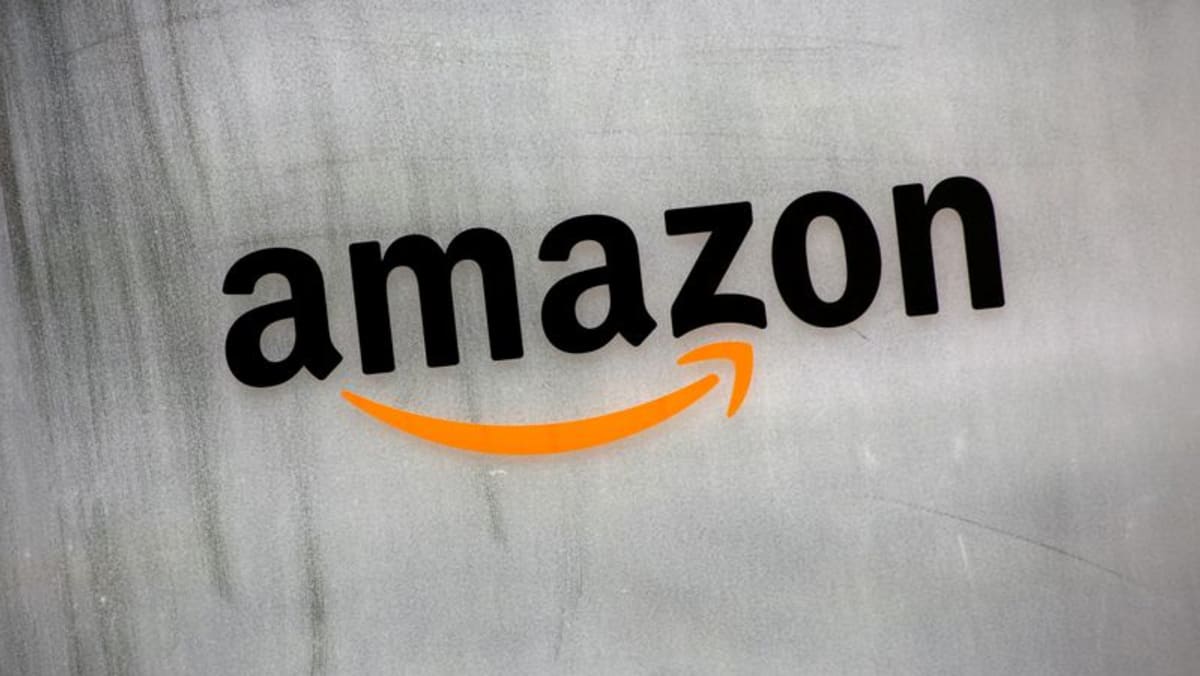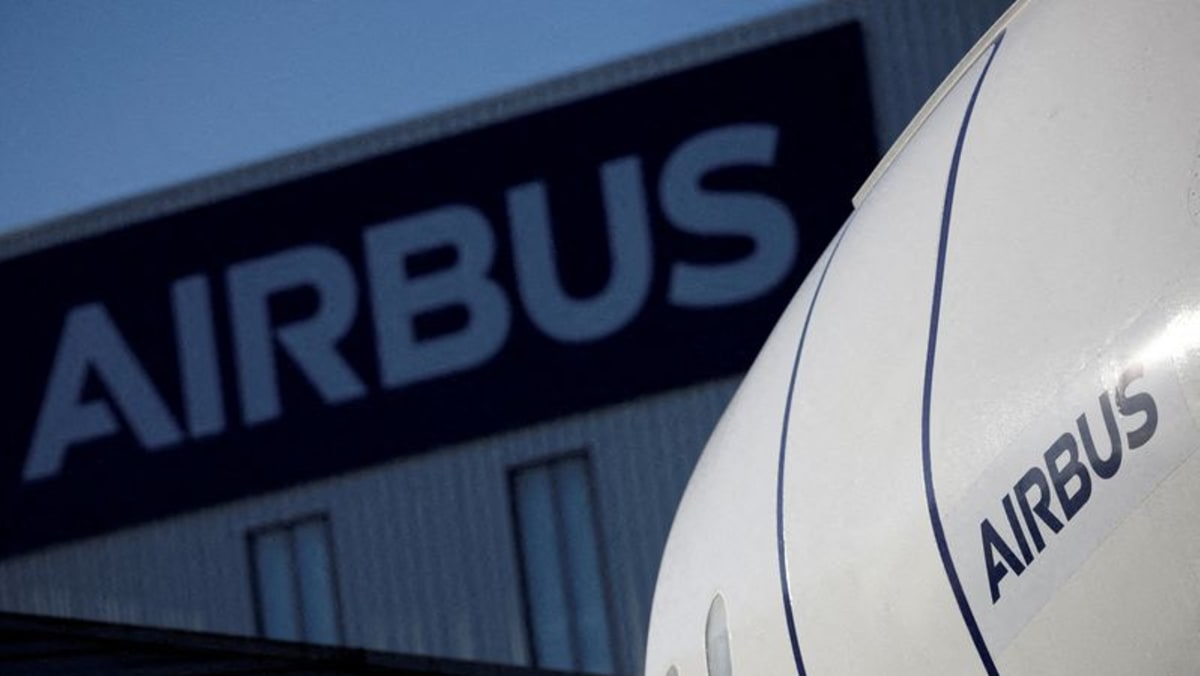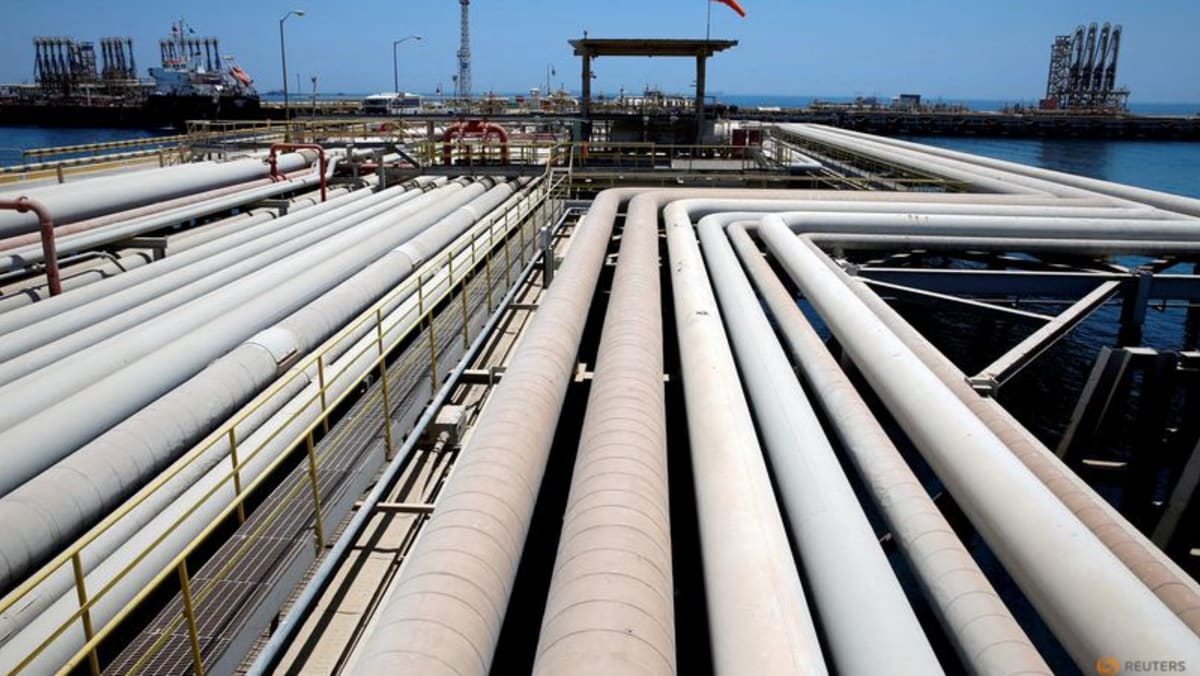LONDON :U.S. President Donald Trump plans to double tariffs on steel and aluminium imports to 50 per cent from Wednesday, stepping up pressure on global steel producers and deepening his trade war.
WHY IS TRUMP DOUBLING TARIFFS?
Trump aims to support and encourage investment in domestic production of steel and aluminium, both vital materials for construction. Aluminium is also used in the transport and packaging industries.
But these tariffs have already fuelled higher costs for steel and aluminium consumers, and undermined manufacturing, while hurdles in the form of higher power prices are high.
Roughly a quarter of all steel used in the U.S. is imported, the bulk of it from neighbours Mexico and Canada.
Around half of all aluminium used in the U.S. is imported, with the vast majority coming from Canada, which exported 3.2 million tons of the metal to the United States last year.
WHAT HAS BEEN THE IMPACT OF TARIFFS ON U.S. PRICES?
Consumers buying aluminium on the physical market in the United States pay the aluminium price on the London Metal Exchange plus a physical market premium which covers costs including freight and taxes.
The premium < AUPc1> jumped 54 per cent on Monday to 58 U.S. cents a lb or $1,279 a metric ton from Friday. This year so far the premium has climbed more than 120 per cent.
Goldman Sachs said the premium would need to rise to between $0.68 and $0.70 per lb to fully reflect the 50 per cent import tariff.
Hot rolled coil (HRC) steel prices on COMEX climbed 6 per cent to a session high at $910 a short ton or $1,003 a metric ton.
“The U.S. is a net importer of steel, so we require imports to satisfy demand,” said Josh Spoores, Head of Steel Americas Analysis at consultancy firm CRU. “This action will not stop imports from coming in, it will only raise domestic prices for steel consumers in the U.S., such as manufacturers.”
U.S. manufacturing, heavily reliant on imported raw materials, contracted for a third straight month in May, to a six-month low, while factories continued to shed jobs, data from the Institute for Supply Management (ISM) showed.
WILL THE TARIFFS SUPPORT U.S. PRODUCTION?
Higher steel and aluminium prices will boost profits for local U.S. producers such as Nucor, but building smelters could take five years, possibly more, analysts say, taking completion to a time beyond Trump’s tenure in the White House.
Trump said on Friday that Nippon Steel, aiming to buy U.S. Steel, would invest billions of dollars to modernize U.S. steel mills to increase production.
Emirates Global Aluminium (EGA) last month announced plans to build the first new primary aluminium production plant in the United States since 1980. The plant is expected to have capacity of 600,000 tonnes of primary aluminium a year.
Century Aluminum with federal funding is also aiming to build a new “green” low-carbon aluminium smelter.
Power prices are another challenge for any company trying to produce aluminium in the United States – and were behind the closure of most U.S. smelters – because of difficulties agreeing competitive long term power purchasing contracts due to a range of factors including regulations and volatile markets, industry sources said.
